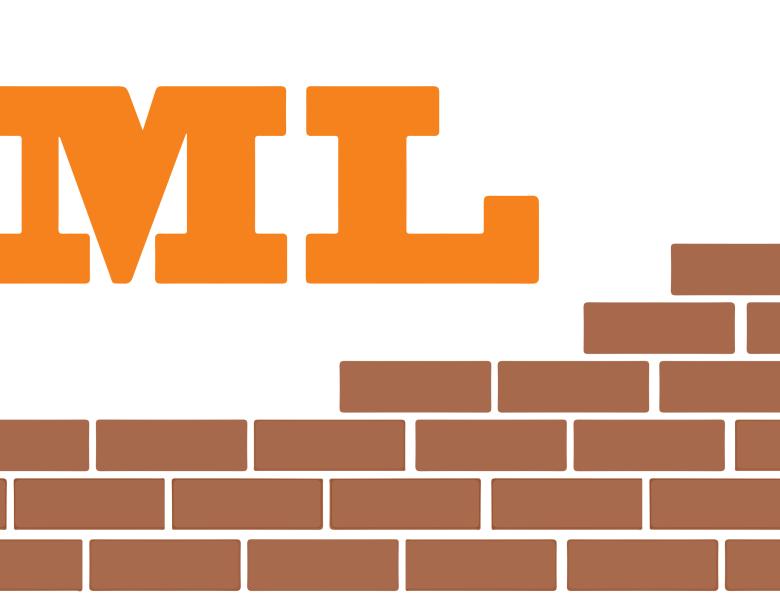
Abstract
We present a model for clustering which combines two criteria: Given a collection of objects with pairwise similarity measure, the problem is to find a cluster that is as dissimilar as possible from the complement, while having as much similarity as possible within the cluster. The two objectives are combined either as a ratio or with linear weights. The ratio problem, and its linear weighted version, are solved by a combinatorial algorithm within the complexity of a single minimum s,t-cut algorithm. This problem (HNC) is closely related to the NP-hard problem of normalized cut that is often used in image segmentation and for which heuristic solutions are generated with the eigenvector technique (spectral method).
HNC has been used, as a supervised or unsupervised machine learning technique. In an extensive comparative study HNC was compared to leading machine learning techniques on benchmark datasets. The study indicated that HNC and other similarity-based algorithms provide robust performance and improved accuracy as compared to other techniques. Furthermore, the technique of "sparse-computation" enables the scalability of HNC and similarity-based algorithms to large scale data sets.


